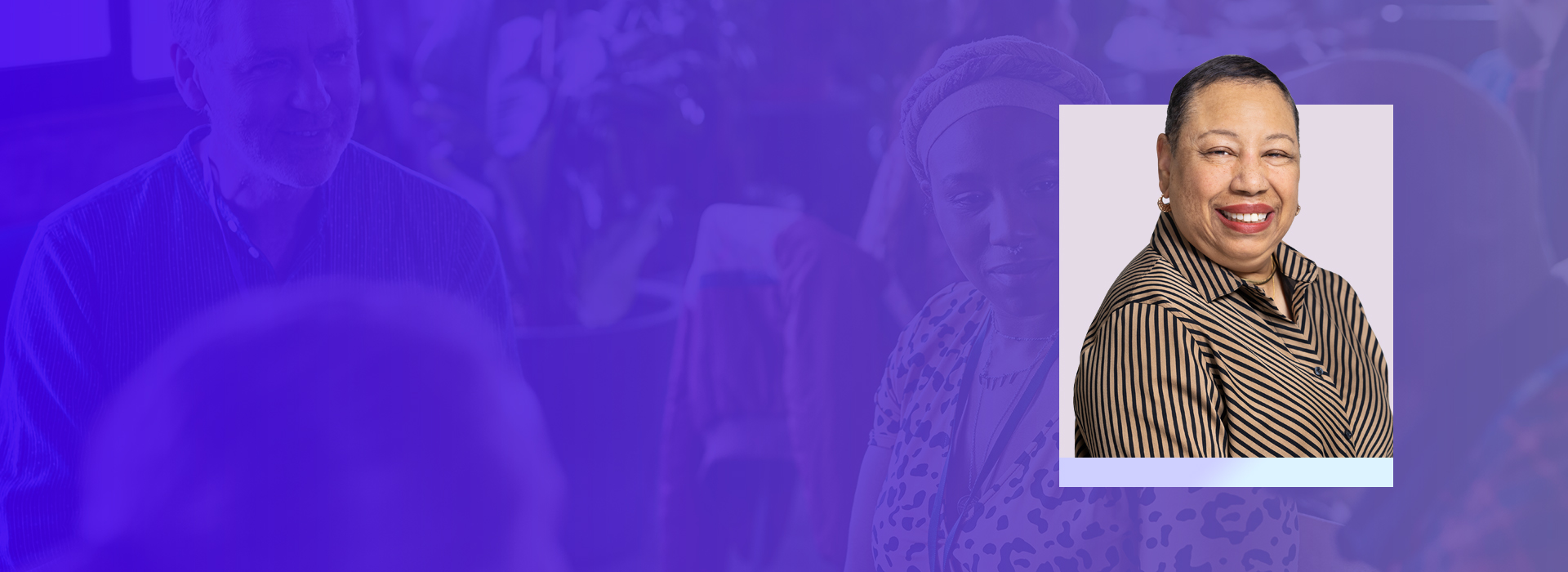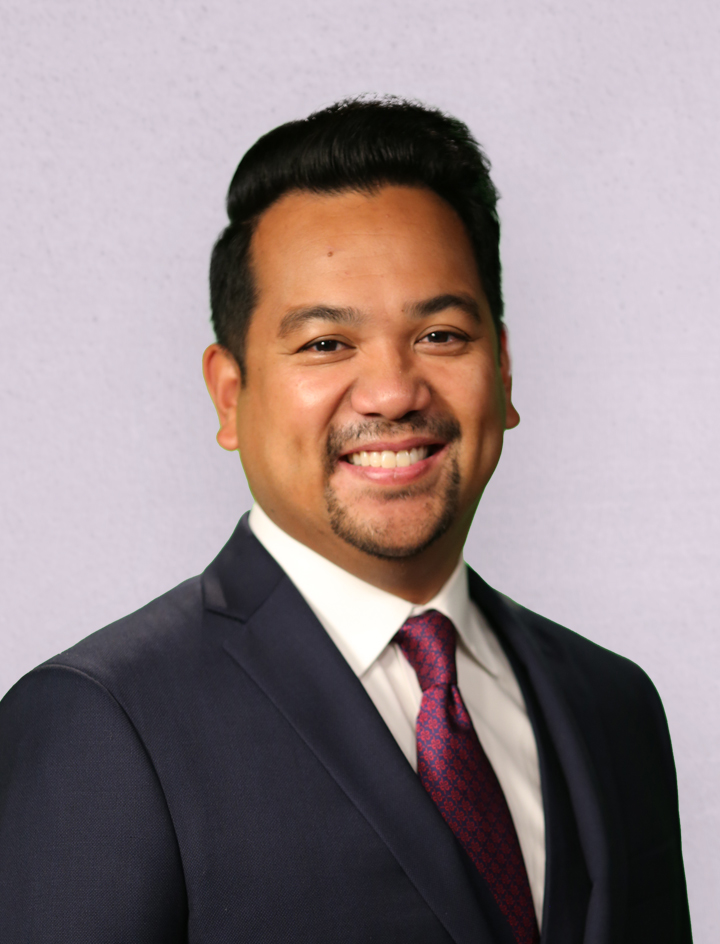Author
Subscribe to Newsletter
Related Posts
INDUSTRY EVENT: WIFS National Conference
Author
Subscribe to Newsletter
Related Posts
INDUSTRY EVENT: Planned Giving Council of Greater Philadelphia Planned Giving Day
Author
Subscribe to Newsletter
Related Posts
INDUSTRY EVENT: SER Latin@ Advisor Summit
Retirement Planning Wealth Management Podcasts
Money and Meaning in Retirement Planning

In this episode, host Eric Ludwig, PhD, CFP® talks with retirement planning experts Daniel Crosby, PhD, and Jamie Hopkins, Esq., LLM, CFP®, ChFC®, CLU®, RICP® to examine the latest in behavioral finance knowledge and insights present in Crosby’s upcoming book, The Soul of Wealth. They discuss how to ensure your clients’ happiness and wellbeing in retirement, the power of psychology in financial planning, the importance of understanding clients’ money stories, and more.
Jamie Hopkins, Esq., LLM, CFP®, ChFC®, CLU®, RICP® is the chief executive officer of Bryn Mawr Capital Management. He has extensive wealth management experience, bringing innovative thinking, transformative leadership, and a strong reputation for fostering client relationships. He leads and grows Bryn Mawr Capital Management business and helps shape the thought leadership around planning in the profession. A Wall Street Journal bestselling author, educator, and executive speaker, Hopkins serves on numerous advisory boards around the financial services industry and formerly as a national trustee member of NAIFA. He is also the founder and president of the 501(c)(3) non-profit, FinServ Foundation and was named as a top 10 Investopedia 100 Top Financial Advisor for 2023.
Daniel Crosby, PhD is a psychologist and behavioral finance expert who helps organizations understand the intersection of minds and markets. His first book, Personal Benchmark: Integrating Behavioral Finance and Investment Management, was a New York Times bestseller. His second book, The Laws of Wealth, was named the best investment book of 2017 by the Axiom Business Book Awards and has been translated into 10 languages. His latest work, The Behavioral Investor, was Axiom's best investment book of 2019 and is a comprehensive look at the neurology, physiology, and psychology of sound financial decision-making. When he's not decoding market psychology, Crosby is a father of three, a fanatical follower of the St. Louis Cardinals, an explorer of the American South, and an amateur hot sauce chef.
Any views or opinions expressed in this podcast are the hosts’ and guests' own and do not necessarily represent those of The American College of Financial Services.
More From The College:
Diversity, Equity & Inclusion Retirement Planning Insights
FinServe Ambassador Career Changing Drive to Serve

A U.S. Air Force veteran, Ribuffo went into the service directly out of college after getting a degree in nursing. Along with her husband, also a service member, she was stationed at an American base in Germany – where, under the terms of government agreements at the time, she was prevented from working as a nurse and had to find an alternative.
“I ended up working at the family support center on the base, and part of my job was to help military families with personal finances,” she said. “That was where I got my first taste of how I could change people’s lives through financial advising.”
Challenges of Career-Changing
When she and her husband left the military years later, Ribuffo said a financial advisor they had previously worked with noticed her skill and recommended she consider financial services as a new career path. She ended up joining a major firm as a junior advisor. The year, however, was 2008 – not an easy time to be going into the industry.
“The first few years were very difficult for me,” she said. “Not only was it bad luck and timing, but I was the only woman in an all-male office. It was hard for me to do business the way they wanted me to, and a lot of times it didn’t feel right to me.”
Seeking support from fellow women in the business, Ribuffo discovered and joined her local chapter of Women in Insurance and Financial Services (WIFS) in her home state of Alaska – and found an affirming and life-changing community.
“I always hoped there were other women out there, who were going through the same things I was, who I could talk to about things, and who could give me encouragement to do business the way I wanted to,” she said. “At the first meeting I went to, I was self-conscious about my age and told the group I needed some perspective, and they couldn’t have been more welcoming. Because of them, I stayed in the industry.”
“I always hoped there were other women out there…who could give me encouragement to do business the way I wanted to…Because of them, I stayed in the industry.”
Empowerment Through Education
Despite her difficulties with her first firm, Ribuffo said they were open to her pursuing additional education as a financial advisor, and the CFP® certification seemed like a sensible place to start.
“I was encouraged to look around for a good prep course to prepare for my CFP® exam, and The College’s on-demand CFP® Certification Education Program fit my busy schedule well,” she said. “I eventually became part of a cohort group within my company all studying for and sitting for the exam at the same time.”
During the course of those studies, The College launched its Retirement Income Certified Professional® (RICP®) Program, and Ribuffo said she was immediately drawn to its promise of specialized planning knowledge to serve her growing number of retiree and pre-retiree clients.
“I remember talking to a business development professional from The College about the RICP® Program, and while they encouraged me to take the program, they weren’t sure I’d be able to do it and the CFP® Certification Education Program at the same time,” she said. “Well, I just took that as a challenge and did both programs at once – I got my dual certifications within months of each other!”
While she has since gone on to get other College designations including the Wealth Management Certified Professional® (WMCP®) and the Chartered Financial Consultant® (ChFC®), Ribuffo says the RICP® remains her favorite thanks to its in-depth, product-agnostic, and client-focused approach to retirement planning.
“Seeing subject matter experts from across the industry having conversations with each other and debating different strategies was hugely beneficial for me because it gave me permission to think outside the box,” she said. “It showed me there’s no one perfect solution to retirement planning and that it always comes down to what your clients’ goals are and what a successful retirement looks like to them. The knowledge I gained was invaluable, and I know I’ll always rely on The College to tell me what the next big thing in the industry will be.”
“[The RICP®] showed me [retirement planning] always comes down to what your clients’ goals are…The knowledge I gained was invaluable, and I know I’ll always rely on The College to tell me what the next big thing in the industry will be.”
Supporting Communities Through Financial Services
With her background in retirement planning and military service, Ribuffo says many of the clients she currently serves in her independent practice, Raion Financial Strategies, are military members and federal employees looking for help in understanding the complex web of benefits and savings vehicles available to them. Like many other advisors, she notes retirement planning has in recent years become a much more “do-it-yourself” process, with consumers expected to work things out for themselves with 401(k)s and savings accounts, rather than being provided with prescribed options like a pension plan.
“Oftentimes the expansion of options to military members, veterans, and their families for financial planning haven’t been accompanied by more explanation of how to use them,” she said. “Things are changing and improving, but it’s often slow-moving for the people who most need it.”
These are the situations, Ribuffo said, where a knowledgeable financial advisor in tune with the issues facing these communities can make a big difference – something the industry should also keep in mind when recruiting or approaching women.
“Many people will tell you recruitment numbers for women are climbing, and that’s great. But the flip side of that is retention has not improved,” she said. “More women are being drawn into the industry, but aren’t given a compelling reason to stay. They need to be able to see a successful career path for the future, whether it’s advising or not, and have the mentors and advocates we always hear them say they’re looking for. A mentoring program should be table stakes if you’re a financial services company today.”
“More women are being drawn into the industry, but aren’t given a compelling reason to stay. They need to be able to see a successful career path for the future…and have the mentors and advocates we always hear them say they’re looking for.”
While women as CEOs are becoming a somewhat more common sight in the industry, Ribuffo said more women are needed in middle management positions to really improve representation. She also offered advisors and professionals new to the field advice that would be especially useful in approaching female clients.
“Women as clients want to be heard and understand what is going on, and our industry is often full of jargon,” she said. “I remember having to ask my husband to clarify some of the things our advisor talked about before I joined the industry. Building a relationship with your clients, especially women, is key. Women crave more financial literacy and independence, and if you present yourself authentically, it creates trust, which solidifies that relationship. Listen to what brought them in to see you today – and from there, you can move forward.”
More From The College

Terrell Dinkins
ChFC®, RICP®

Dave Valdez
ChFC®, CLU®, AAMS®, CWS®, AIF®

Julia Lewis-Spann
Series 6, Series 63, FSCP®, CLU®
Author
Subscribe to Newsletter
Related Posts
INDUSTRY EVENT: InvestmentNews Women Advisor Summit
Author
Subscribe to Newsletter
Related Posts